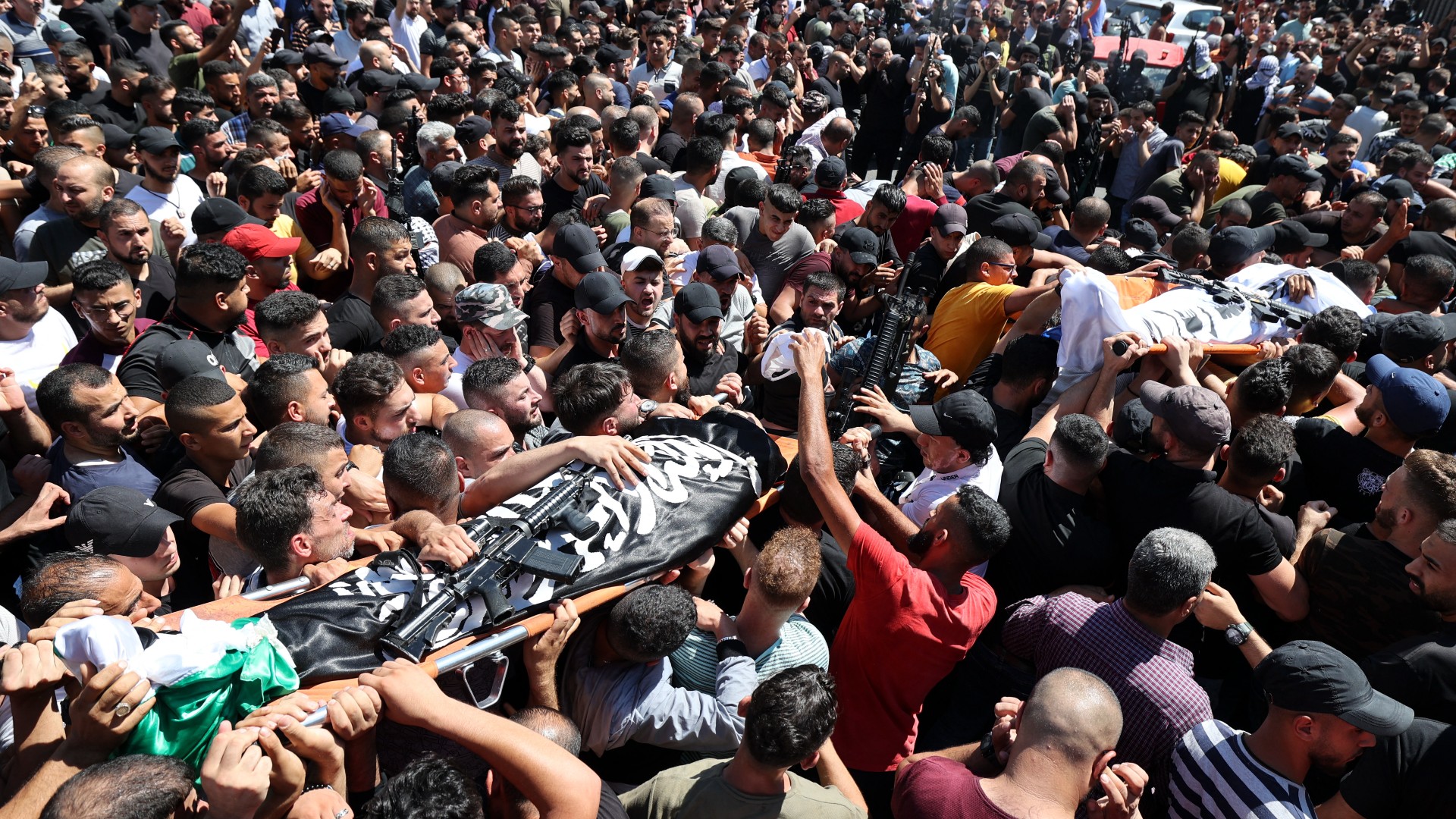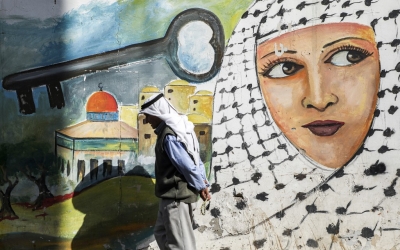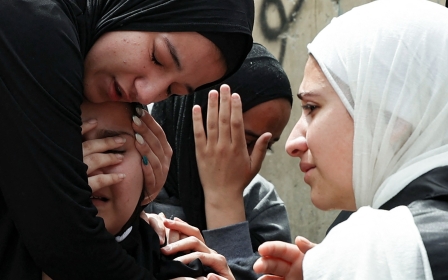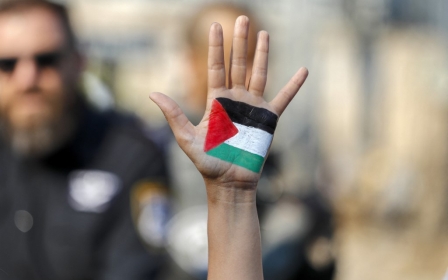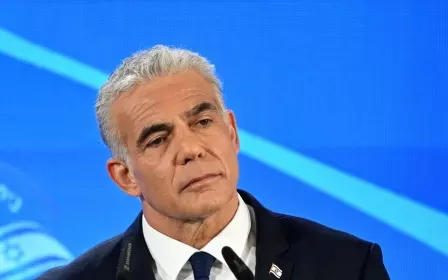How Palestinians are organising to resist Israeli aggression
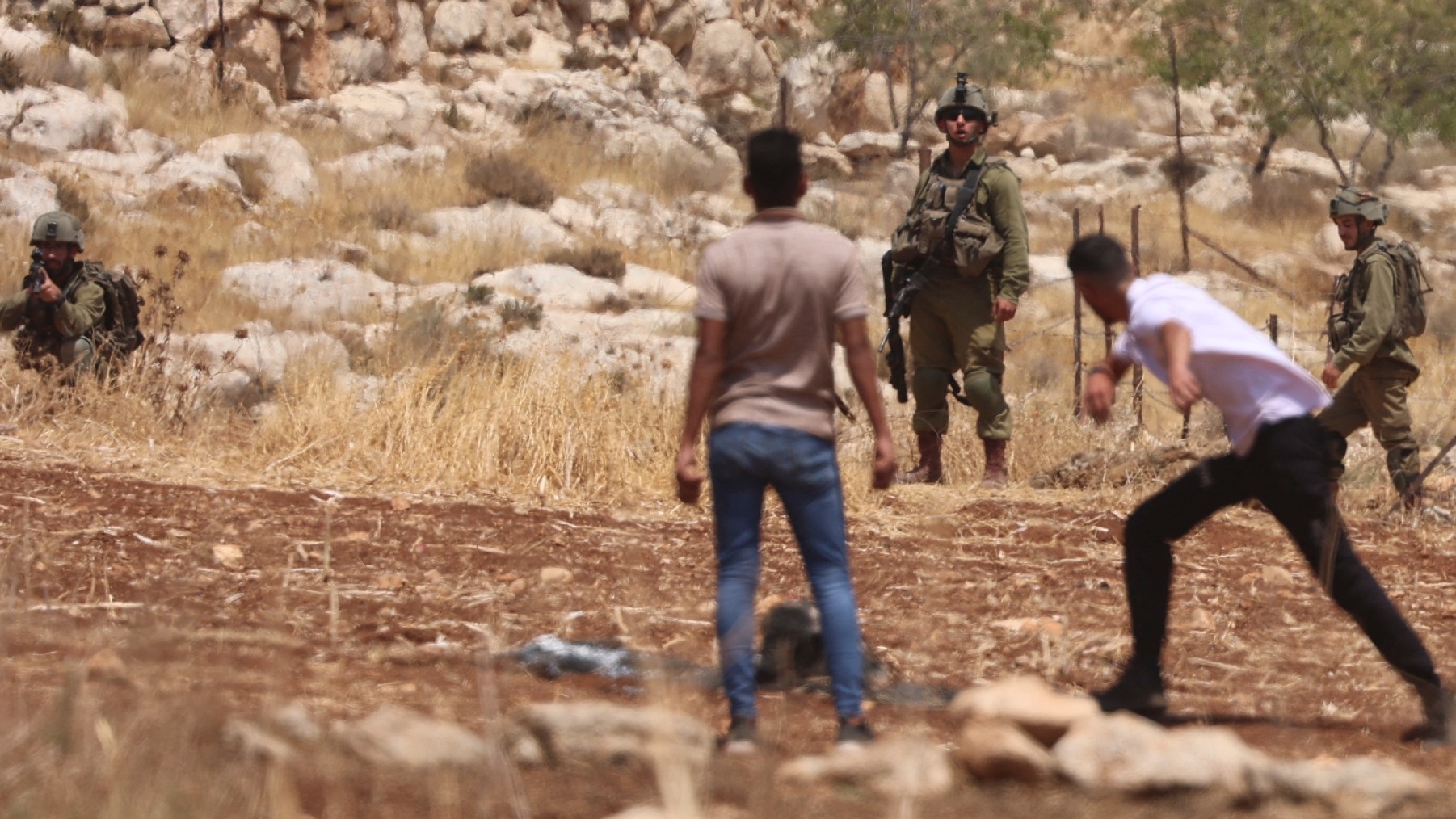
A day after the Gaza ceasefire took effect earlier this month, Palestinians awoke to the news that Israeli forces had killed senior resistance fighter Ibrahim al-Nabulsi and two others during a raid in Nablus. The assault on Gaza itself began after the arrest of Islamic Jihad leader Bassam al-Saadi at the Jenin refugee camp.
These events point to the emergence of something new in the occupied West Bank, particularly in Jenin and Nablus. With two decades having passed since a major Israeli military operation during the Second Intifada - 2002’s “Defensive Shield”, which killed hundreds of Palestinians - some observers have been asking the question: will this happen again?
Jenin in recent months has been challenging the status quo, turning every Israeli incursion into a battle
While we have not reached that point, the number of martyrs from Jenin this year has surpassed two dozen. The relationship that emerged between Gaza and Jenin during the latest round of Israeli aggression has raised additional questions about how Israel will deal with the new conditions developing in the occupied West Bank. This depends on many factors.
The Israeli army routinely breaks in to Palestinian homes, intimidates Palestinians and takes them from their families. The objective is twofold: to prevent Palestinians from fortifying these areas, and to send a clear message to the community that Israel can reach them anywhere. The pace of these raids is related to the inability of the Palestinian Authority (PA) to assert control over the occupied territories.
Amid this backdrop, Jenin in recent months has been challenging the status quo, turning every Israeli incursion - and there have been dozens this year - into a battle.
New MEE newsletter: Jerusalem Dispatch
Sign up to get the latest insights and analysis on Israel-Palestine, alongside Turkey Unpacked and other MEE newsletters
Emerging coordination
The PA has been unable to control the situation in Jenin, which has turned into a place that attracts “wanted people” in the occupied West Bank, due to the presence of coordination and a protection structure that has stymied the efforts of Israeli forces.
This system has extended to Nablus, with a kind of coordination emerging between the two cities. Before his assassination this month, Nabulsi had escaped from Israeli occupation forces several times in the past, thanks to the presence of a protective infrastructure.
The question of funding for this system remains unclear, but the military equipment inside Jenin, and the significant public presence at funerals for martyrs, point to a network of support. The unity between the occupied West Bank and Gaza during Israel’s recent aggression is also notable in this context.
The shift towards a battle footing in the Palestinian streets of the occupied West Bank goes hand-in-hand with the situation facing the Palestinian political leadership.
Israel has taken a number of recent steps to consolidate its own control over the occupied territories, including its proposed annexation of the West Bank, after the Trump administration in the US gave it a green light to do so (the plan has since been put on hold, but is likely to reemerge as former Prime Minister Benjamin Netanyahu attempts a political comeback).
At the same time, Israel’s process of normalisation with Arab states has given it additional leverage, while the PA has been relegated to a background role. Its functions are now confined to operational and service matters, at the expense of a national political programme.
Colonial project
With the decline in the PA’s public standing and the deepening of Israel’s colonial project, the Palestinian armed resistance, especially in Gaza, received a boost last year through the “Sword of Jerusalem” operation aimed at defending the holy city. Israel is still attempting to break this connection.
Meanwhile, the PA is in a state of suspended animation as the question of presidential succession looms and the economy worsens. Israeli authorities are well aware of the unstable situation.
Amid this backdrop, the role of Islamic Jihad appears to be growing across the occupied West Bank, and in Jenin specifically. It draws strength from a number of factors. Importantly, its existence outside of the Palestinian political game frees it from the obligations that bind Fatah in the occupied West Bank and Hamas in Gaza, and from the deep polarisation that accompanies this divided system.
In addition, Islamic Jihad’s complex regional relations, especially with Iran, are evident in Israel’s drive to target the movement. Symbolic figures, such as Nabulsi, have been able to challenge the infiltration and arrest campaigns that have exhausted the occupied West Bank for decades, turning it into an open arena that Israel storms at night and allows to appear “normal” during the daytime.
Palestinian groups are now trying to create areas of operation where they can challenge this Israeli penetration, and the equation of access, arrest and assassination. Their fate will be determined by Israel’s reaction.
A longer version of this article was published in Arabic by the Institute for Palestine Studies.
The views expressed in this article belong to the author and do not necessarily reflect the editorial policy of Middle East Eye.
Middle East Eye delivers independent and unrivalled coverage and analysis of the Middle East, North Africa and beyond. To learn more about republishing this content and the associated fees, please fill out this form. More about MEE can be found here.



